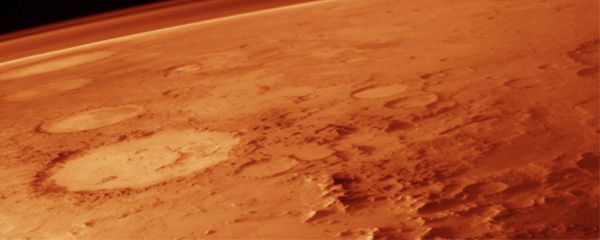More logical explanation of the new astronomy surfaced on 128 years later, when Hector Manterola et al propose a new hypothesis. Objects are seen Bonilla hypothesized a comet the size of a fragmented comet Halley intensively so as to form a thousand pieces. And the pieces of the comet passed very close to Earth.
Appropriate international nomenclature, the name of a comet is attributed to the name of the person / program that first identifies its presence. So the comet fragments which witnessed bonilla, and now that comet is a named "Bonilla". Fragments of the comet hypothesis is confirmed by the characteristics of each black spot, which is covered with a gray mist fog asymmetric shape to shape their spots. If this is compared with the members of the solar system in general, only the comet that meet the criteria.
Appropriate international nomenclature, the name of a comet is attributed to the name of the person / program that first identifies its presence. So the comet fragments which witnessed bonilla, and now that comet is a named "Bonilla". Fragments of the comet hypothesis is confirmed by the characteristics of each black spot, which is covered with a gray mist fog asymmetric shape to shape their spots. If this is compared with the members of the solar system in general, only the comet that meet the criteria.
Comets are celestial bodies in the solar system known to eject dust and volatile gases (volatile) into the surrounding environment as sublimation in the nucleus of the comet as the impact of an increase in temperature due to over comet nucleus close to the sun on its way to perihelion orbit. Sublimation produces gases are then trapped in the deposits (reservoirs) in the crust of the comet nucleus for the next gush out while carrying fine dust and other light gases when the pressure is large enough and find a weak point in the crust. Bursts of dust and gas it produces temporary atmosphere that we know as the head of the comet (coma). The next solar wind pressure blew the dust and gas to produce one particular direction formed what is known as long-tail (comet). Then the black spots of gray mist shrouded the observed Bonilla over the head like a comet nucleus. And forms a gray haze asymmetry indicates the formation of comet tails exactly in the fog that extends.
Bonilla
comet fragments are the product of a massive fragmentation of the
comet, it commonly occurs as a result of the fragility of the structure
of the comet nucleus and the many external factors that can bring style
than fragile connective force between the molecules making up the core
of the comet. External
factors in the form of gravitational sun or planet (especially if the
comet enters its orbit Rochhe) and the pressure of the wind or solar
storm. In the last 150 years we have observed more than 40 pieces of a fragmented comet with varying degrees of severity. The
most phenomenal event fragmentation of comet Elenin is due to solar
storm on August 20, 2011 to make a comet which was rumored as the
"doomsday comet" was crushed.
The analysis showed comet fragments Bonilla length between 68 to 1022 meters and a width of between 46 and 795 meters with an estimated mass of between 0.56 to 2,500 million tonnes (assuming denistas 0.95 g / cc). So that each fragment was almost as big as the lump of a hill. Assuming the albedo 0.08 each comet fragment Bonilla has an absolute magnitude of 17 to 23. At the time of going to pass in front of the sun setting, each comet fragment Bonilla has apparent magnitude +3.6 to +9.7 between (assuming the phase angle 165 degrees). Although the human eye is capable of detecting faint celestial objects with a maximum apparent magnitude +6, but the brilliance of the space where the comet fragments Bonilla is the bright sunlight, none of the comet fragments that could be identified earlier. Just as it transits the sun that caused the comet fragments was detected.
Bonilla recorded on average there are 131 fragments of a comet that had transit the Sun in every hour. By crossing the entire fragment lasts for 25 hours straight, then there are at least 3275 pieces of comet fragments Bonilla experiencing transit the Sun. If the dust mass fragmentation results not taken into account, then the thousands of fragments of comet Bonilla came from a parent comet with a mass between 1.8 and 8.2 thousand billion tons. Thus the parent comet has a diameter between 1.5 and 25 km (assuming a perfectly spherical) with an estimated absolute magnitude between 11 and 17.
Source From : http://langitselatan.com/2013/01/07/komet-bonilla-yang-nyaris-mengguncang-dunia/
 ">
"> ">
"> ">
"> ">
">







0 komentar:
Posting Komentar